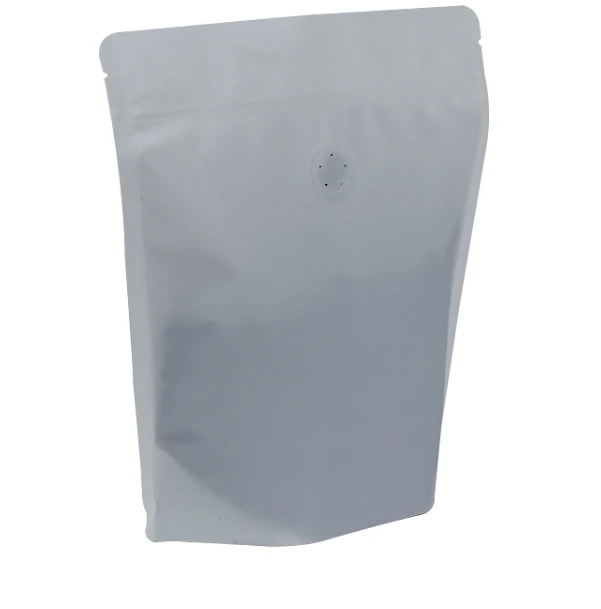- Afrikaans
- Albanian
- Amharic
- Arabic
- Armenian
- Azerbaijani
- Basque
- Belarusian
- Bengali
- Bosnian
- Bulgarian
- Catalan
- Cebuano
- chinese_simplified
- chinese_traditional
- Corsican
- Croatian
- Czech
- Danish
- Dutch
- English
- Esperanto
- Estonian
- Finnish
- French
- Frisian
- Galician
- Georgian
- German
- Greek
- Gujarati
- haitian_creole
- hausa
- hawaiian
- Hebrew
- Hindi
- Miao
- Hungarian
- Icelandic
- igbo
- Indonesian
- irish
- Italian
- Japanese
- Javanese
- Kannada
- kazakh
- Khmer
- Rwandese
- Korean
- Kurdish
- Kyrgyz
- Lao
- Latin
- Latvian
- Lithuanian
- Luxembourgish
- Macedonian
- Malgashi
- Malay
- Malayalam
- Maltese
- Maori
- Marathi
- Mongolian
- Myanmar
- Nepali
- Norwegian
- Norwegian
- Occitan
- Pashto
- Persian
- Polish
- Portuguese
- Punjabi
- Romanian
- Russian
- Samoan
- scottish-gaelic
- Serbian
- Sesotho
- Shona
- Sindhi
- Sinhala
- Slovak
- Slovenian
- Somali
- Spanish
- Sundanese
- Swahili
- Swedish
- Tagalog
- Tajik
- Tamil
- Tatar
- Telugu
- Thai
- Turkish
- Turkmen
- Ukrainian
- Urdu
- Uighur
- Uzbek
- Vietnamese
- Welsh
- Bantu
- Yiddish
- Yoruba
- Zulu
Understanding the Conversion from Million to Millimeters Explained Clearly
Understanding the Conversion from Mil to Millimeter
When dealing with measurements, particularly in engineering, manufacturing, and scientific research, precise conversions between units are crucial. One common conversion that professionals encounter is between mils and millimeters. Understanding this conversion not only enhances accuracy in technical fields but also helps in various applications where dimensions must be understood in both metric and imperial systems.
What is a Mil?
A mil is a unit of length that is commonly used in the United States and is defined as one-thousandth of an inch. The term “mil” may also be referred to as a “thou” (from the word thousand). It is widely utilized in fields such as manufacturing, particularly for measuring the thickness of various materials like plastic, metal, and paper. For instance, a plastic sheeting might be described as 20 mils thick, which is significant in determining its durability and application in various environments.
Understanding Millimeters
On the other hand, a millimeter (mm) is a metric unit of length that is one-thousandth of a meter. The metric system is adopted globally in scientific contexts and is the standard in most countries. Millimeters serve as a more universally accepted measurement, especially in international projects where consistency and accuracy are paramount.
The Conversion Mil to Millimeter
To convert mils to millimeters, the conversion factor is essential. One mil is equal to 0.0254 millimeters. This means that to convert mils to millimeters, one must multiply the number of mils by this conversion factor.
1mil to mm

For example, if one has a thickness measurement of 20 mils, the calculation to convert this into millimeters would work as follows
\[ \text{Millimeters} = \text{Mils} \times 0.0254 \] \[ \text{Millimeters} = 20 \times 0.0254 = 0.508 \text{ mm} \]
This simple calculation reveals that 20 mils is equivalent to 0.508 millimeters, allowing professionals to communicate effectively across different measurement systems.
Applications of Mil to Millimeter Conversion
Understanding this conversion is especially important in industries such as construction, manufacturing, and design. If an architect specifies materials in mils, the builders and manufacturers in countries using the metric system must convert these specifications to millimeters to produce accurate components. The same applies to scientific research, where precise measurements can impact the success or accuracy of experiments and developments.
Moreover, labeling and packaging products often utilize both mils and millimeters. Consumers and professionals alike benefit from understanding these measurements in contexts such as automotive industries, where material thickness might impact safety and performance.
Conclusion
In conclusion, the conversion from mil to millimeter is a vital skill in various fields, particularly where precision is required. Armed with the knowledge that one mil equals 0.0254 millimeters, professionals can easily navigate between imperial and metric systems. As globalization continues to integrate diverse measurement systems, understanding these conversions fosters effective communication, precise manufacturing, and successful technical collaboration across borders. By mastering such conversions, individuals can ensure their work meets international standards and specifications, ultimately contributing to innovation and quality in their respective fields.













